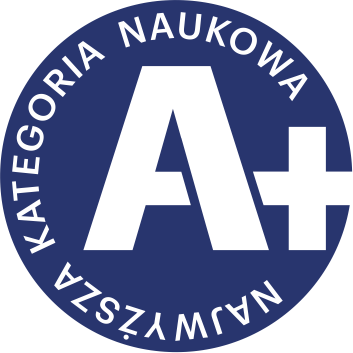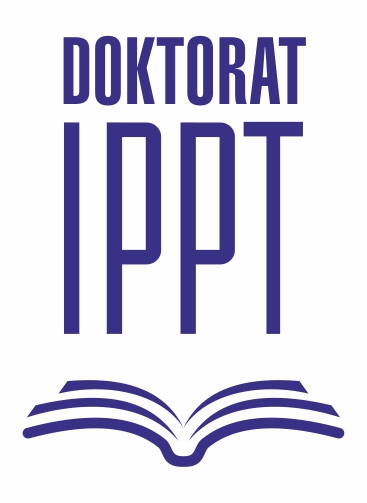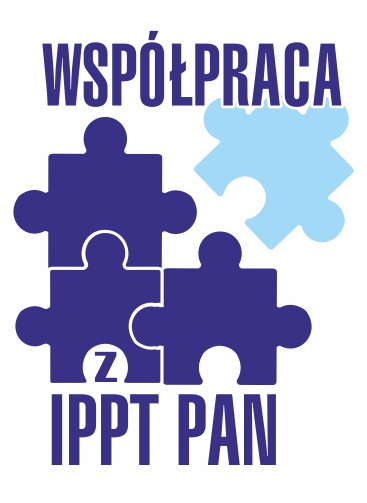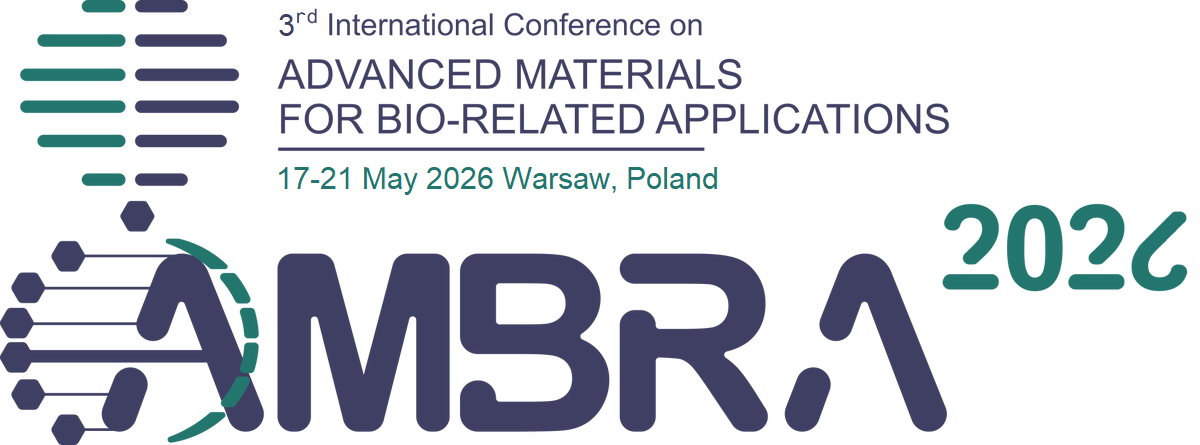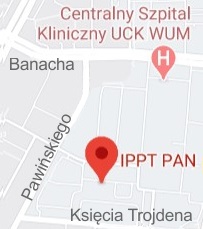| 1. |
Zargarian Seyed S., Rinoldi C., Ziai Y., Zakrzewska A., Fiorelli R., Gazińska M.♦, Marinelli M.♦, Majkowska M.♦, Hottowy P.♦, Mindur B.♦, Czajkowski R.♦, Kublik E.♦, Nakielski P., Lanzi M.♦, Kaczmarek L.♦, Pierini F., Chronic Probing of Deep Brain Neuronal Activity Using Nanofibrous Smart Conducting Hydrogel-Based Brain–Machine Interface Probes,
Small Science, ISSN: 2688-4046, DOI: 10.1002/smsc.202400463, Vol.5, No.5, pp.2400463-1-19, 2025 Streszczenie:
The mechanical mismatch between microelectrode of brain–machine interfaces (BMIs) and soft brain tissue during electrophysiological investigations leads to inflammation, glial scarring, and compromising performance. Herein, a nanostructured, stimuli-responsive, conductive, and semi-interpenetrating polymer network hydrogel-based coated BMIs probe is introduced. The system interface is composed of a cross-linkable poly(N-isopropylacrylamide)-based copolymer and regioregular poly[3-(6-methoxyhexyl)thiophene] fabricated via electrospinning and integrated into a neural probe. The coating's nanofibrous architecture offers a rapid swelling response and faster shape recovery compared to bulk hydrogels. Moreover, the smart coating becomes more conductive at physiological temperatures, which improves signal transmission efficiency and enhances its stability during chronic use. Indeed, detecting acute neuronal deep brain signals in a mouse model demonstrates that the developed probe can record high-quality signals and action potentials, favorably modulating impedance and capacitance. Evaluation of in vivo neuronal activity and biocompatibility in chronic configuration shows the successful recording of deep brain signals and a lack of substantial inflammatory response in the long-term. The development of conducting fibrous hydrogel bio-interface demonstrates its potential to overcome the limitations of current neural probes, highlighting its promising properties as a candidate for long-term, high-quality detection of neuronal activities for deep brain applications such as BMIs. Afiliacje autorów:
| Zargarian Seyed S. | - | IPPT PAN | | Rinoldi C. | - | IPPT PAN | | Ziai Y. | - | IPPT PAN | | Zakrzewska A. | - | IPPT PAN | | Fiorelli R. | - | IPPT PAN | | Gazińska M. | - | inna afiliacja | | Marinelli M. | - | inna afiliacja | | Majkowska M. | - | inna afiliacja | | Hottowy P. | - | inna afiliacja | | Mindur B. | - | inna afiliacja | | Czajkowski R. | - | inna afiliacja | | Kublik E. | - | inna afiliacja | | Nakielski P. | - | IPPT PAN | | Lanzi M. | - | University of Bologna (IT) | | Kaczmarek L. | - | inna afiliacja | | Pierini F. | - | IPPT PAN |
|  | 20p. |



